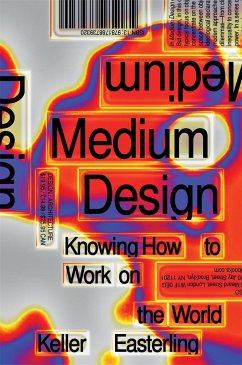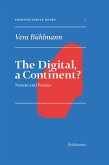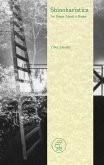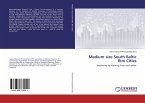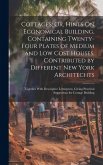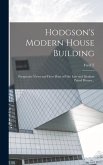What is the relationship between the housing crisis - the demand for building more, and the credit crunch - when the markets crashed as a result of overheated speculation in housing? Why does building more roads only lead to more traffic jams? Why are there so many 'free economic zone' in countries with authoritarian leaders? These questions is at the heart of Keller Eastering's provocative Medium Design. It is a call to look at the world in a different way, and as a result to rethink the way we design it, politically and architecturally. Currently innovation is expressed in one key-the rational explanation of the design and its problem-solving capacities in the mode of start-up cliches like elevator pitches and TED talks. . We are very good at looking at individual objects - buildings, commodities, ideas, but we are very poor at seeing how they connect and interact. We go in search of the right answer, and fail to see the array of potential outcomes. We are stuck in patterns of thought such as binaries or loops, that are often avoidable forms of violence. We mistake power for freedom; new for smart. In this book, Easterling proposes a new process: we need to look at the world in a different way in order to redesign it. We need to look not at the design object by itself but in its relations with the things around it. This is the potential power of of design is in the interplay and disposition of the objects and ideas. We should place an emphasis in 'knowing how' above 'knowing that', in order to liberate, challenge existing power and rebuild a more reflexive future.

